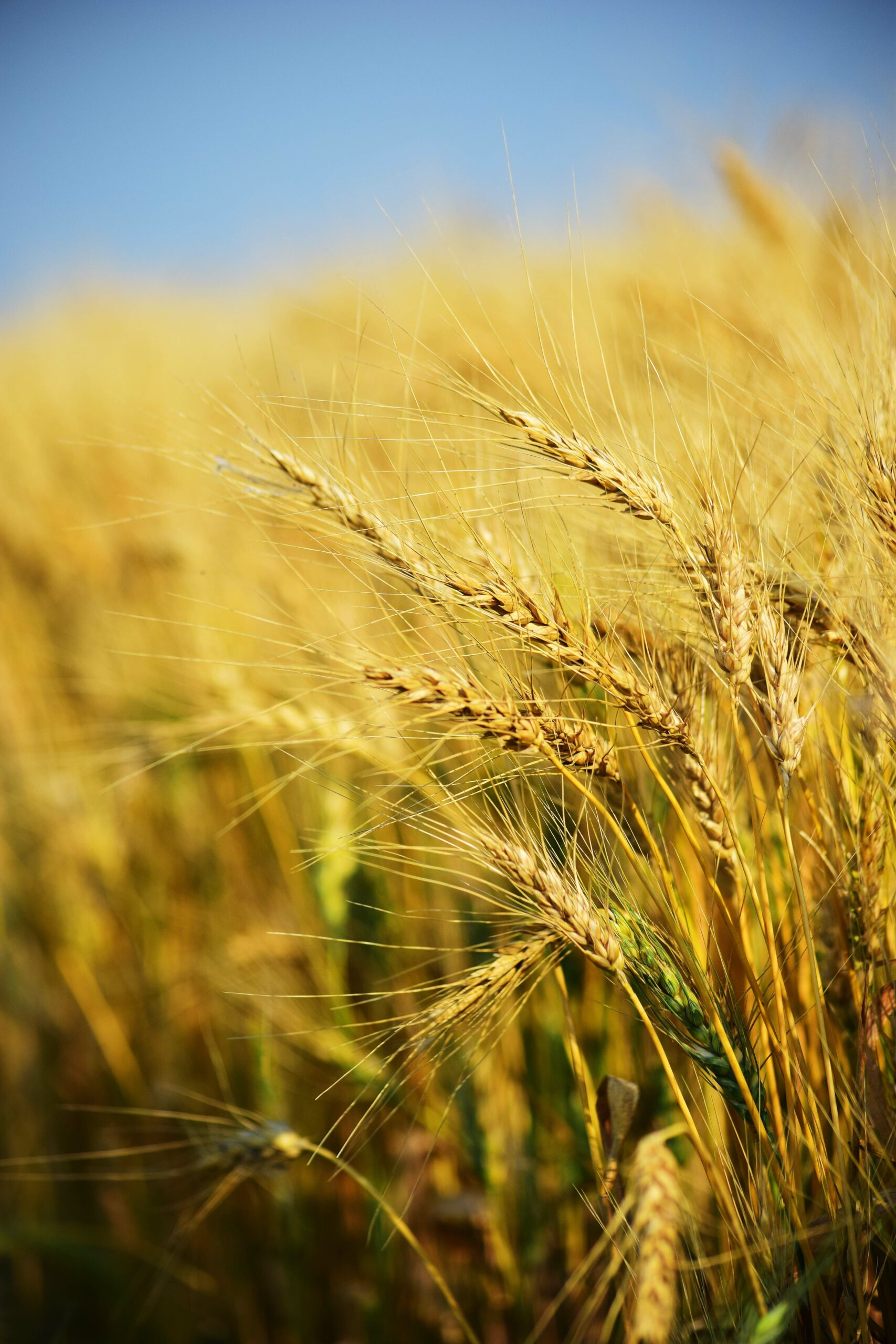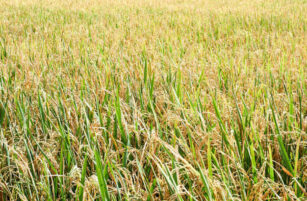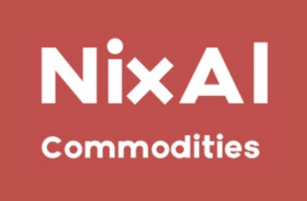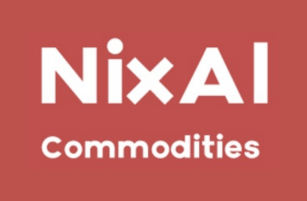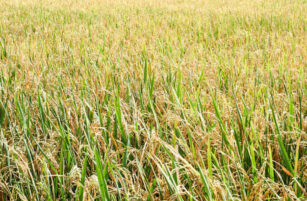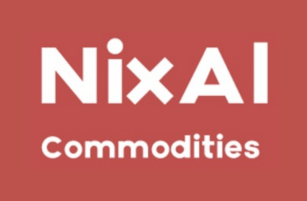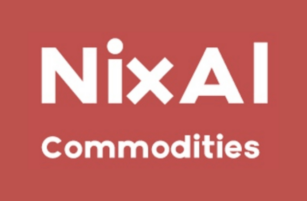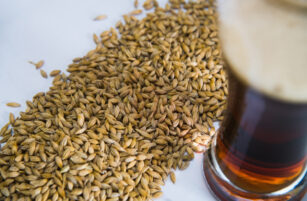- Last week, we discussed the basic beginnings of a wheat crops’ journey to the final consumer.
- We learnt that planning, growing, cleaning, drying and storing are not the only tasks a wheat farmer faces.
- Here, we consider how the wheat farmers’ role has evolved over time, now paying closer attention to the global markets and the wider supply chain.
A Developing Wheat Trade
In past years, wheat farmers have had relationships with their local Feed Compounder and the miller they sell their wheat to.
Today, these relationships are less common as the buyers evolve, become bigger, more centralised and ultimately less interested in the relatively small amount of wheat produced by their mill’s local farmers.
An added complication comes from the fact that a farmer wants to sell their grain as near to the top of the market as possible, while a user wants to buy it as close to the bottom as possible.
This is where traders come in and act as market facilitators. The buyer and seller are now able to price wheat as and when they see fit, with the trader managing and hedging the risk in the middle.
Common Marketing Strategies
From the farmers’ perspective, how and when wheat is priced is a personal choice, which varies according to the individual needs of each farming business.
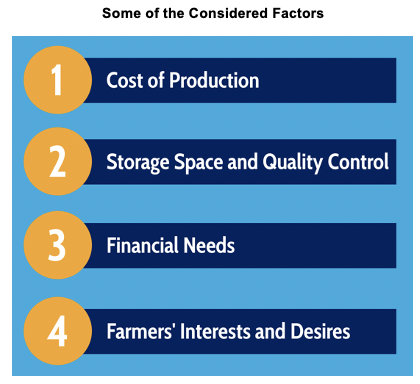
With these factors in mind, the farmer must find traders who have access to the required destinations, with regards to quality, pricing opportunities and locality.
In principle, the farmer will offer their grain for sale to traders for movement during specific time periods, with pre-agreed payment methods to satisfy their individual needs.
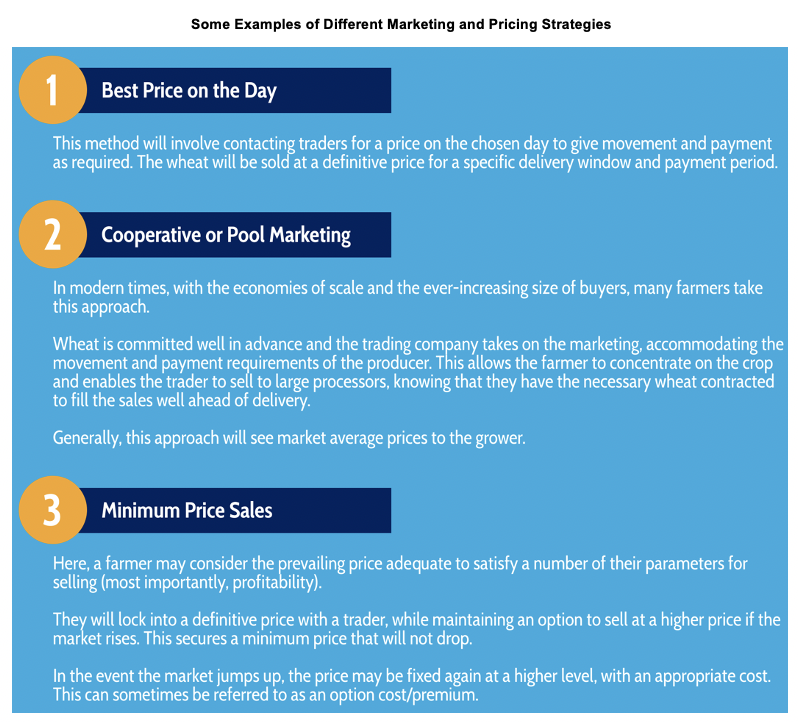
Summary
The farmer’s job does not end once the crop has been planned and grown.
Finding the most appropriate destination for each parcel of wheat, at the best price and at the right time for the individual business, is a far more complicated process than it may first appear.
A multitude of selling opportunities to maximise profit are available, but only hindsight will tell the farmer which was the best option.

Other Opinions You May Be Interested In…

